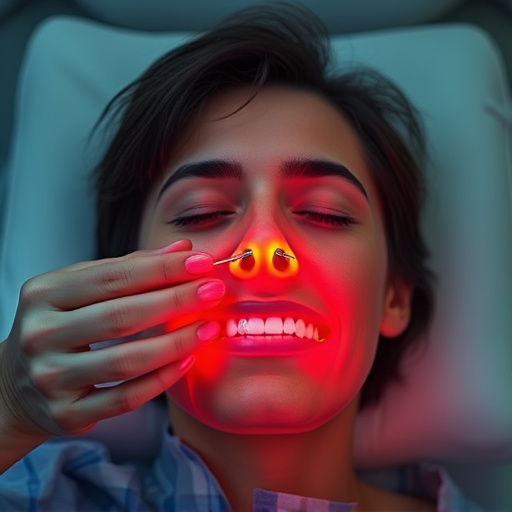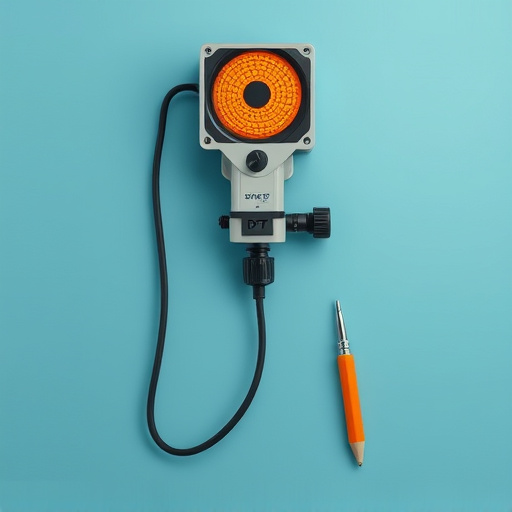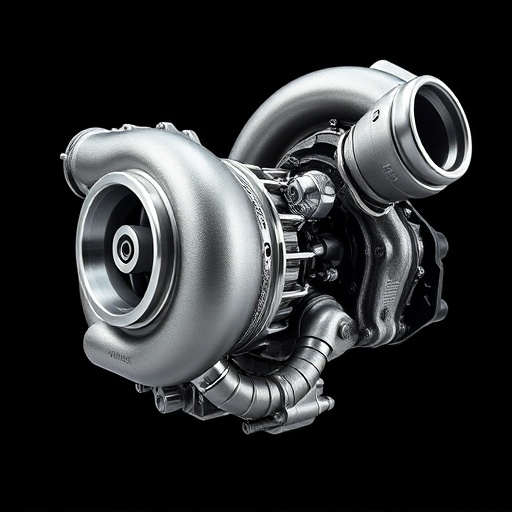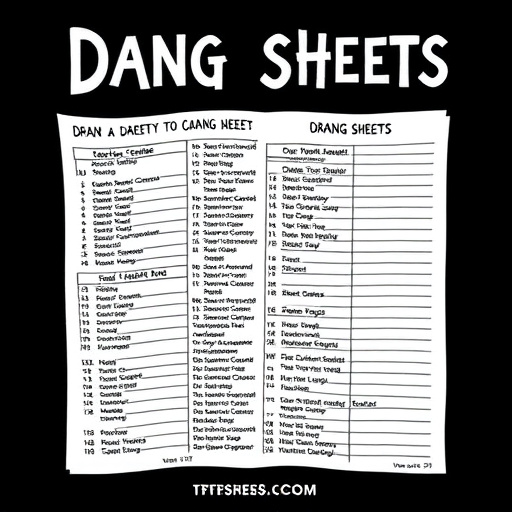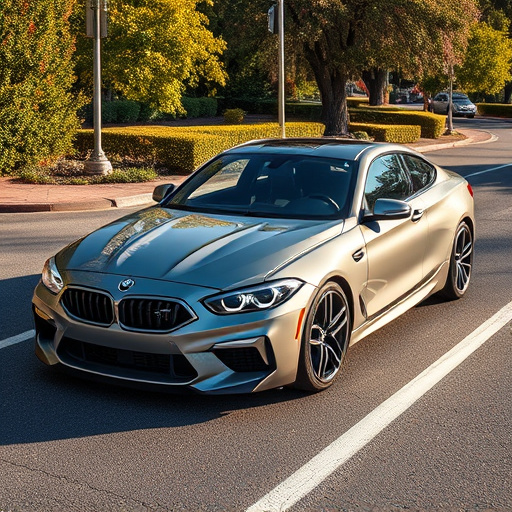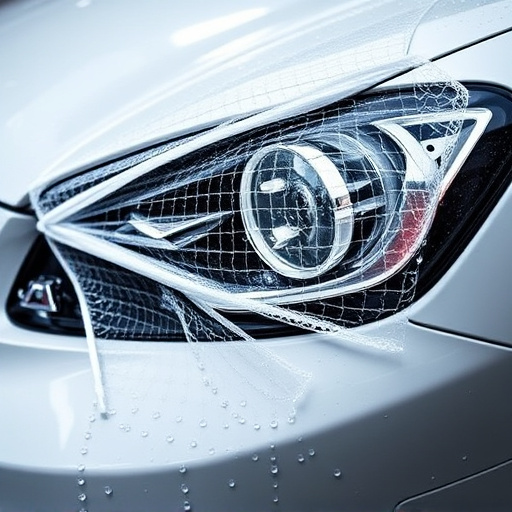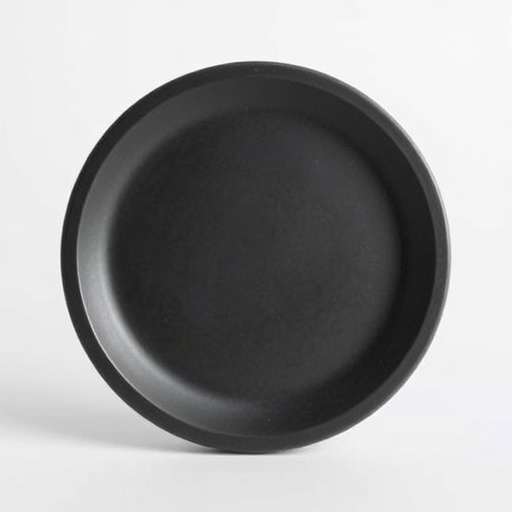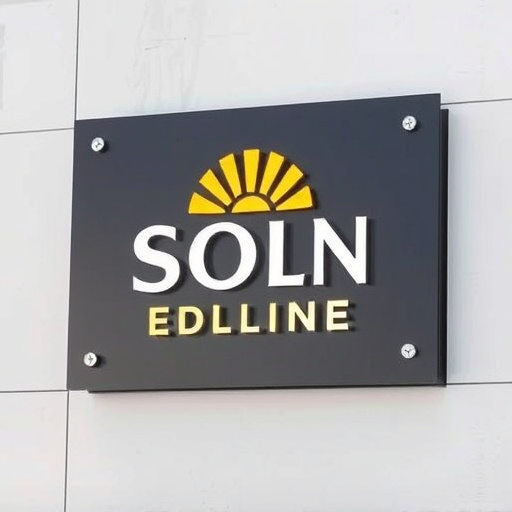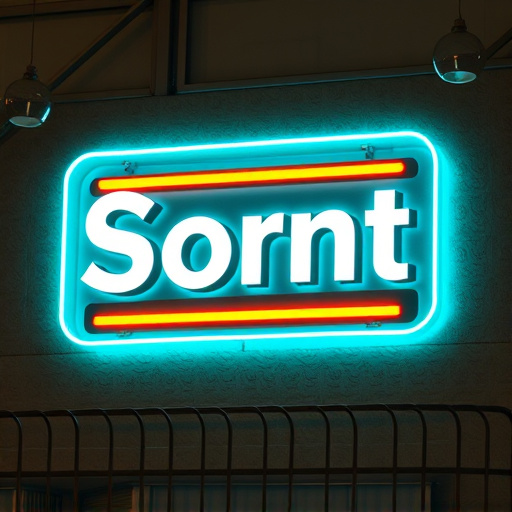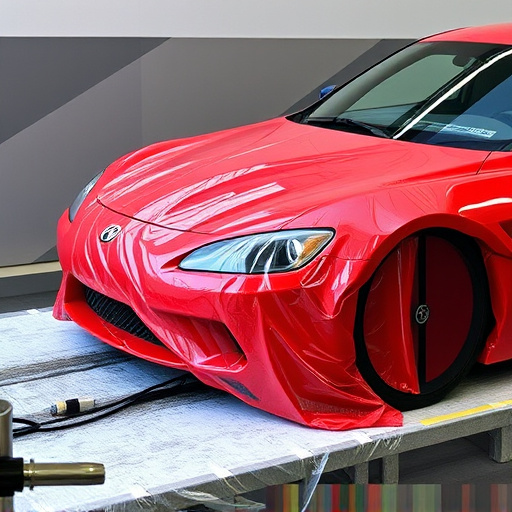Scratch-resistant coatings significantly enhance the durability and aesthetic appeal of various surfaces, from smartphones to automotive finishes. These protective layers guard against daily wear and tear, maintaining original conditions for longer periods. Advanced technologies and materials ensure ease of cleaning and maintenance. In glass surfaces, they've proven to be game-changers, boosting durability against small particles, fingerprints, and weather damage. Key factors in selection include durability, clarity, compatibility, and proper surface preparation for optimal bond strength and lasting protection.
- Understanding Scratch-Resistant Coatings: The Basics
- Effectiveness on Glass Surfaces: What the Research Says
- Choosing the Right Coating: Factors to Consider for Longevity
Understanding Scratch-Resistant Coatings: The Basics
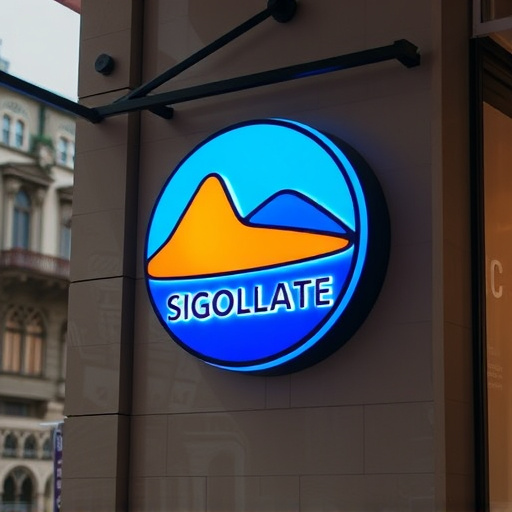
Effectiveness on Glass Surfaces: What the Research Says

The effectiveness of scratch-resistant coatings on glass surfaces has been a subject of interest for many, especially in industries that rely on clear and unmarred displays. Research suggests that these coatings can significantly enhance the durability of glass, providing protection against everyday wear and tear. When applied to automotive windshields or smartphone screens, scratch-resistant coatings create a barrier that repels small particles, fingerprints, and even some types of damage caused by harsh weather conditions.
Several studies have shown that high-quality scratch-resistant coatings can last for several years, especially when combined with UV protection, which is crucial in preventing the coating from degrading under sunlight exposure. Professional installation of these coatings, often available as a premium automotive service, ensures precision and longevity. This method has proven to be particularly effective in mitigating small scratches and swirls that can accumulate over time, maintaining the clarity and aesthetic appeal of glass surfaces.
Choosing the Right Coating: Factors to Consider for Longevity
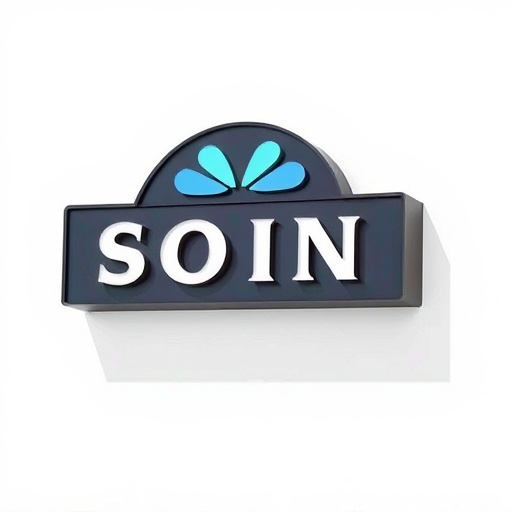
When considering a scratch-resistant coating for glass surfaces, it’s crucial to select a product tailored to the specific needs and environment of your application. Factors like durability, clarity, and compatibility with other finishes play a significant role in determining the longevity of the coating. For instance, if you’re aiming for high-quality finishes in an automotive detailing context, a coating designed to withstand the rigors of car washing and exposure to various weather conditions would be ideal.
Furthermore, custom graphics enthusiasts should look into coatings that offer both scratch resistance and exceptional clarity, preserving the visual appeal of their creations. The choice should also consider the surface preparation process, as proper cleaning, degreasing, and profiling are essential for achieving optimal bond strength and long-lasting protection.
Scratch-resistant coatings have proven effective in protecting glass surfaces from everyday wear and tear, offering a durable solution for maintaining clarity and aesthetics. Research highlights their ability to withstand various stresses, making them ideal for high-traffic areas. When choosing a coating, consider factors like material composition, hardness ratings, and environmental compatibility to ensure optimal performance and longevity. Incorporating scratch-resistant coatings can significantly enhance the lifespan of glass, providing a clear advantage in both residential and commercial settings.
